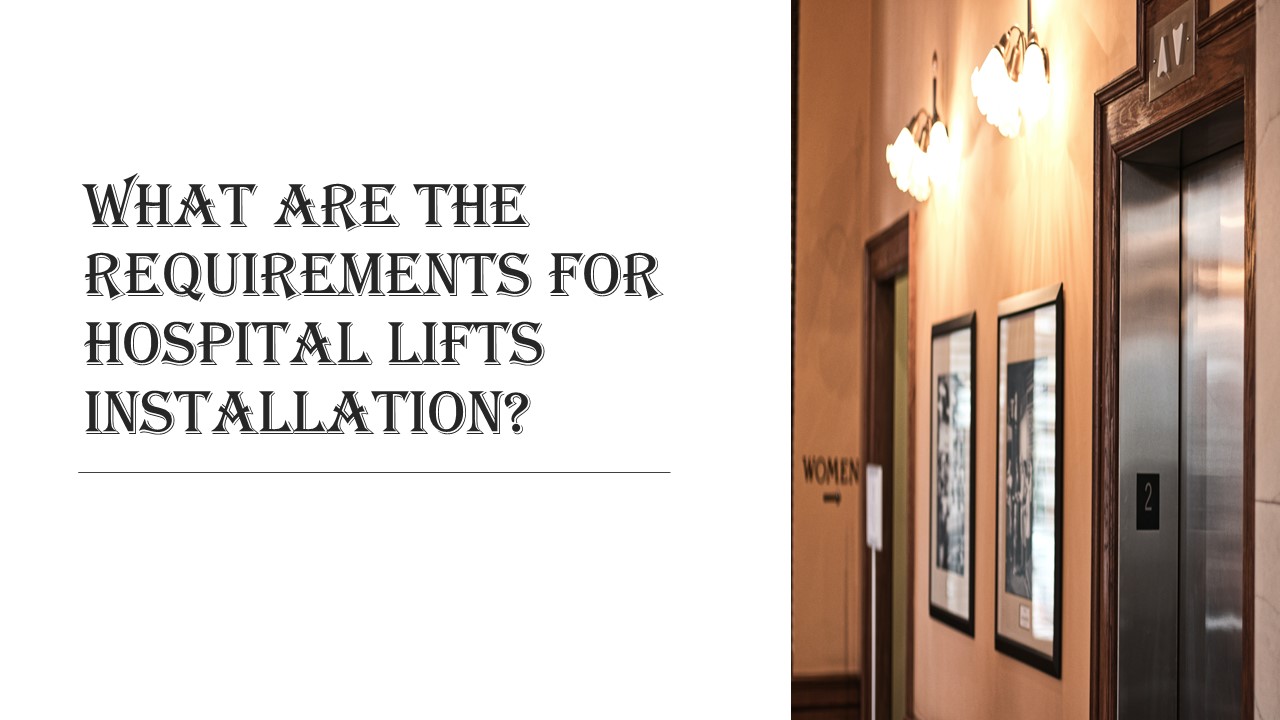Hospital elevator - PowerPoint PPT Presentation
Title:
Hospital elevator
Description:
We are providing different types of elevators available, including hydraulic elevators, which use a piston to lift and lower the cab, and traction elevators, which use a system of ropes and pulleys to move the cab. Some elevators are also equipped with advanced safety features such as emergency brakes, emergency lighting, and communication systems. – PowerPoint PPT presentation
Number of Views:2
Title: Hospital elevator
1
What are the requirements for hospital lifts
installation?
2
Smart elevator technology
- Smart elevator technology refers to the use of
advanced systems and software to improve the
efficiency and safety of elevators. This can
include things like destination control systems,
which allow passengers to select their floor
before entering the elevator, reducing wait times
and crowding. Smart elevators can also use
real-time monitoring and analytics to optimize
traffic flow and identify potential maintenance
issues. Other features may include integration
with building management systems, automatic
doors, and voice recognition and touchless
controls to reduce the spread of germs.
3
Hospital Elevator
- Hospital elevators are a specialized type of
elevator that are designed to meet the specific
needs of healthcare facilities. They are
typically larger than standard elevators and
equipped with features such as - Priority service for patients and medical
personnel - Automatic doors for easy access for patients on
gurneys and in wheelchairs - Handrails, call buttons, and visual floor
indicators that are easy to locate and use - Emergency communication systems to alert staff in
case of an emergency - Non-skid flooring and fire-resistant construction
to ensure safety - Sterilization and infection control features to
reduce the spread of germs - Integration with the hospital's information
system to enable tracking of patients and
equipment. - These features are designed to help ensure that
patients, medical staff, and equipment can be
moved efficiently and safely within the hospital.
4
In conclusion, proper lift installation is
crucial for the safety and accessibility of
hospitals, as well as compliance with relevant
regulations. By ensuring compliance with local
building codes and regulations, using properly
trained and licensed installation professionals,
conducting regular maintenance and inspections,
and complying with fire safety codes, hospitals
can ensure that their lifts are safe for use and
that patients and staff are protected from
potential hazards.































